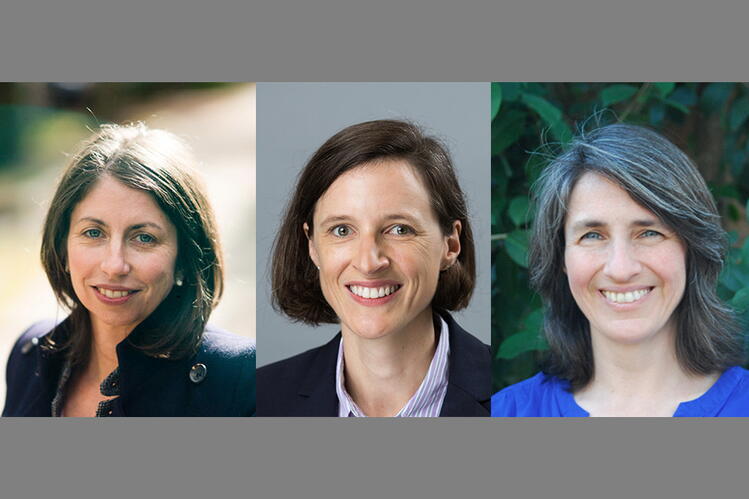How machine learning can improve food insecurity predictions

URBANA, Ill. – Food insecurity in low-income countries is on the rise as climate variation and economic shocks, including the COVID-19 pandemic, take their toll. Accurately predicting when and where hunger crises occur is critical to effective humanitarian aid response. A new study from the University of Illinois explores how machine learning can help improve forecasting when used appropriately.
Current food insecurity predictions mostly rely on a system in which groups of experts gather together and assess food insecurity within countries. While the process includes some data to guide assessment, it remains mostly a qualitative evaluation based on local knowledge.
“Our goal is not to overhaul this existing system, which has made incredible contributions across countries, generating predictions about food crises in places where there's very little data and a lot of political complexity,” says Hope Michelson, associate professor in the Department of Agricultural and Consumer Economics at U of I and co-author on the paper.
The study asserts machine learning models can help provide critical information to assist the forecasting process, making it more objective, focused, and transparent. But the authors emphasize data must be used in a thoughtful way and interpreted correctly in conjunction with policymakers from the start.
“It's really important to be working actively to improve the way we forecast food insecurity,” Michelson states. “And that requires researchers involving policymakers and policy priorities. We see a need for some harmonization and guiding principles in order to make those research efforts effective and implementable.”
The researchers evaluate three different machine learning models predicting food insecurity in the Sub-Saharan African countries of Malawi, Tanzania, and Uganda. They use two years of data to predict village food insecurity outcomes in a third year, then compare the model results against the actual outcome. The modeling incorporates publicly available data on weather, geography, and food prices.
The study also identifies a series of guidelines that are important for researchers and policy makers.
“First, we want to have a model that captures a wide variety of factors that can influence food insecurity. It’s not just shocks to food production but also shocks that affect people's income. Even if you have food production, you still have hunger if people can't buy it,” says Kathy Baylis, Department of Geography at University of California, Santa Barbara. Baylis is corresponding author on the study.
“A second principle is that these models should be interpretable and transparent. If you're going to get policymakers on board, you need to be able to tell them why the model is predicting a problem. The third point is that we should be able to do error analysis to understand where the model fails if it doesn't work so well,” Baylis notes.
The researchers also outline three criteria for deciding what data to include and how to use the model: which outcome to predict, how to deal with rare events, and how to evaluate effectiveness. Such decisions should be made in consultation with policymakers, they state.
“We looked at where the model was working well, and where it wasn't. In particular, we might care more about not missing food insecure households than we would about misidentifying a household as being food insecure. It may be less of a concern if some people get food aid who do not need it, compared to making sure at least 90% of people who are truly hungry get some kind of support,” Baylis says.
“It really depends on what the policy makers want to do with these data; for example, whether they want to trigger food aid or use it more like an early warning system.”
The models in the study are fairly simple to implement, so they are accessible for governments and aid organizations. However, the researchers emphasize data should be applied and interpreted in cooperation between researchers and policy makers. Their study aims to lay the groundwork for those collaborations.
Michelson, Baylis, and co-authors Yujun Zhou, Chungmann Kim, and Erin Lentz cooperated on the project with USAID’s Famine Early Warning System Network (FEWS NET), a website that provides comprehensive food insecurity information to governments and organizations around the world.
Partial funding for the research was provided by the National Center for Supercomputing Applications, where Michelson was a faculty fellow.
The Department of Agricultural and Consumer Economics is in the College of Agricultural, Consumer and Environmental Sciences, University of Illinois.
The article, “Machine learning for food security: Principles for transparency and usability” is published in Applied Economic Perspectives and Policy. [https://doi.org/10.1002/aepp.13214]